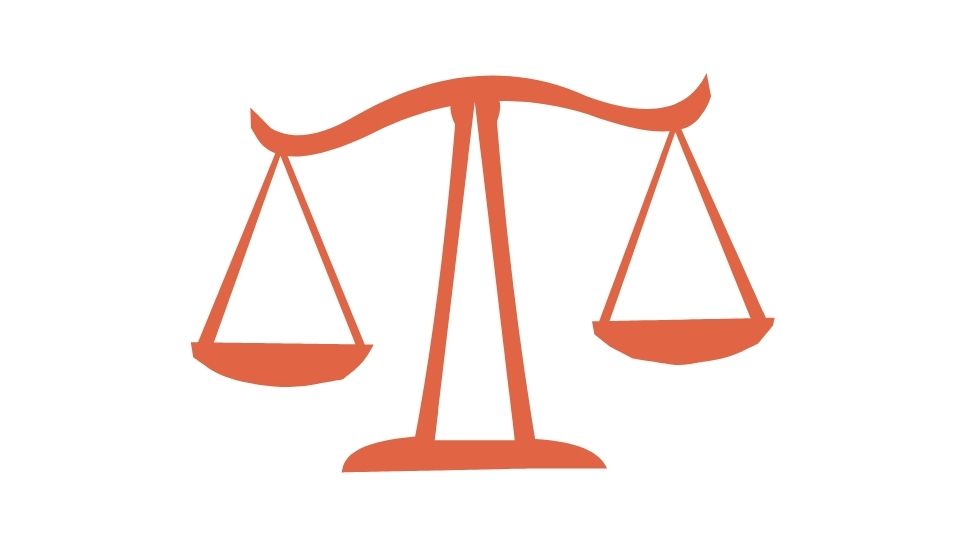How Much Does Inpatient Mental Health Treatment Cost?

The real cost of inpatient mental health treatment? Brace yourself
Wondering how much it costs to check into a mental health facility? You’re not alone.
The short answer: inpatient mental health treatment typically runs between $10,000 and $60,000 per month. Yep, that’s a huge range.
Why such a big difference? Because mental health treatment costs vary wildly based on factors like level of care, location, length of stay, and what your insurance covers.
Let’s break down what you’re actually paying for, how insurance works, and whether there are ways to make this more affordable (spoiler alert: there are).
What’s Included in That $10k-$60k Bill?
When you check into an inpatient mental health facility, you’re not just paying for a bed. That monthly bill typically covers:
- Treatment sessions: Both one-on-one therapy and group sessions, which vary based on therapist expertise and how often you meet
- Medication: The psychiatric meds you need during your stay (newer or specialized meds can cost more)
- Room and board: From basic shared rooms to luxury private suites with fancy amenities
- Meals: Three squares a day, sometimes with dietary accommodations
- Specialty therapies: Things like art therapy, equine therapy, or brain mapping procedures that support your recovery
Most importantly, you’re paying for 24/7 supervision from trained medical professionals who can intervene during a crisis, adjust medications, and provide consistent therapeutic support.
The Cost Breakdown by Facility Type

Not all inpatient facilities are created equal:
- Luxury residential treatment centers: $30,000-$60,000+ per month (think beachfront views and private chefs)
- Standard residential treatment: $10,000-$30,000 per month
- State psychiatric hospitals: Around $1,500-$1,600 per day (or $45,000-$48,000 per month)
Medicare has its own payment structure for inpatient psychiatric care:
- $1,676 deductible in 2025
- Days 1-60: Medicare covers (after deductible)
- Days 61-90: $419 copay per day
- Days 91-150: $838 copay per day
- Beyond that? You’re hitting Medicare’s lifetime limit of 190 days in a psychiatric hospital
How Insurance Affects What You Actually Pay

Thanks to mental health parity laws, insurance companies are required to cover mental health treatment similar to how they cover physical health conditions. This is a big win!
In practice, this means:
- Most private insurance plans cover a portion of inpatient mental health care
- You’ll typically pay your deductible plus copays or coinsurance
- Coverage limits vary wildly by plan (some might cover 60% of costs, others 90%)
- Network restrictions apply (in-network facilities are WAY cheaper)
Before you check in, call your insurance company and ask:
- What’s my coverage for inpatient mental health treatment?
- Which facilities in my area are in-network?
- Do I need pre-authorization?
- What’s my expected out-of-pocket cost?
Most treatment centers have insurance specialists who can help verify your benefits and estimate your costs. Use them!
Why Costs Vary So Much From Person to Person
Several factors determine your final bill:
- Length of stay: The longer you stay, the more you pay (most inpatient programs run 30-90 days)
- Condition severity: More complex conditions often require specialized care and longer stays
- Location: Treatment in NYC or Malibu costs more than in rural areas
- Level of care: Psychiatric hospitals (highest level) cost more than residential treatment centers
- Facility amenities: Basic accommodations vs. luxury settings with pools and specialized holistic therapies
Payment Options When Insurance Isn’t Enough

Sticker shock is real, but don’t let cost prevent you from getting help. Options include:
- Payment plans: Many facilities let you pay over time
- Sliding scale fees: Some centers adjust costs based on income
- Healthcare loans: Companies like Prosper Healthcare Lending specialize in medical financing
- Scholarships: Some treatment centers offer partial scholarships for those in need
- State programs: Look into your state’s department of mental health for public options
- Medicaid: For qualifying individuals, Medicaid often covers inpatient mental health care
Is Inpatient Treatment Worth the Cost?
That’s the million-dollar question (sometimes literally).
For those in crisis or with severe mental health conditions, inpatient treatment can be life-saving. The round-the-clock care, structured environment, and intensive therapy can jumpstart recovery in ways outpatient treatment sometimes can’t.
But it’s not the only option. Consider:
- Partial hospitalization programs (PHP): 6-8 hours of treatment daily, but you sleep at home
- Intensive outpatient programs (IOP): 3-4 hours of treatment several days per week
- Outpatient therapy + psychiatry: Regular appointments with mental health professionals
These step-down options cost significantly less while still providing substantial support.
The Bottom Line

Inpatient mental health treatment is expensive—there’s no sugarcoating it. But when you or a loved one is in crisis, the cost of not getting help can be much higher.
The good news is that with insurance, financial assistance, and different levels of care, treatment is more accessible than many people realize.
Don’t let the price tag scare you away from seeking help. Talk to your insurance provider, reach out to treatment centers about payment options, and remember that your mental health is worth investing in.
After all, you wouldn’t hesitate to treat a broken leg. Your mind deserves the same care as your body.

